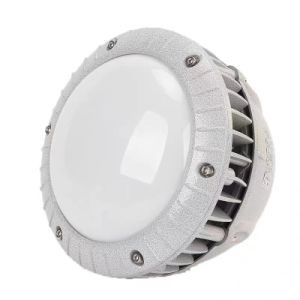High Intensity Yellow Medium Intensity Aviation Obstacle Light for High-Rise Buildings Good Price
Product description
The obstacle lights set up in a large building complex should be able to see the outline of the object from all directions, and the horizontal direction can also be referenced. The obstacle lights should be set up at a spacing of about 45 meters. Generally, buildings should install obstacle lights at the top of the building that are higher than 150 meters in height. High intensity A-type obstacle lights should be set up at the top of the building, and used in conjunction with medium intensity obstacle lights. Tall objects higher than 105 meters but less than 150 meters should be equipped with medium intensity A-type obstacle lights at the top, and obstacle lights should also be added in the middle layer, with the spacing as equal as possible. The ultra-high voltage transmission line tower should be equipped with high intensity B-type obstacle lights and three layers of synchronous flashing. The position is the lowest point of the tower top, the vertical line below the cable, or both.

Aviation obstruction lights, also known as navigation aid lighting equipment, are special lighting fixtures that identify obstacles and belong to the aviation aid lighting equipment industry. Aviation obstruction lights are the types of lights under their seats. In order to distinguish it from general purpose lighting, aviation obstruction lights are not always on but flashing, low intensity aviation obstruction lights are always on, medium intensity aviation obstruction lights and high intensity aviation obstruction lights are flashing, with a flashing frequency of not less than 20 times per minute and not more than 60 times per minute. The function of aviation obstacle lights is to display the contour of structures, enabling aircraft operators to determine the height and contour of obstacles, serving as a warning.




Recommended products
